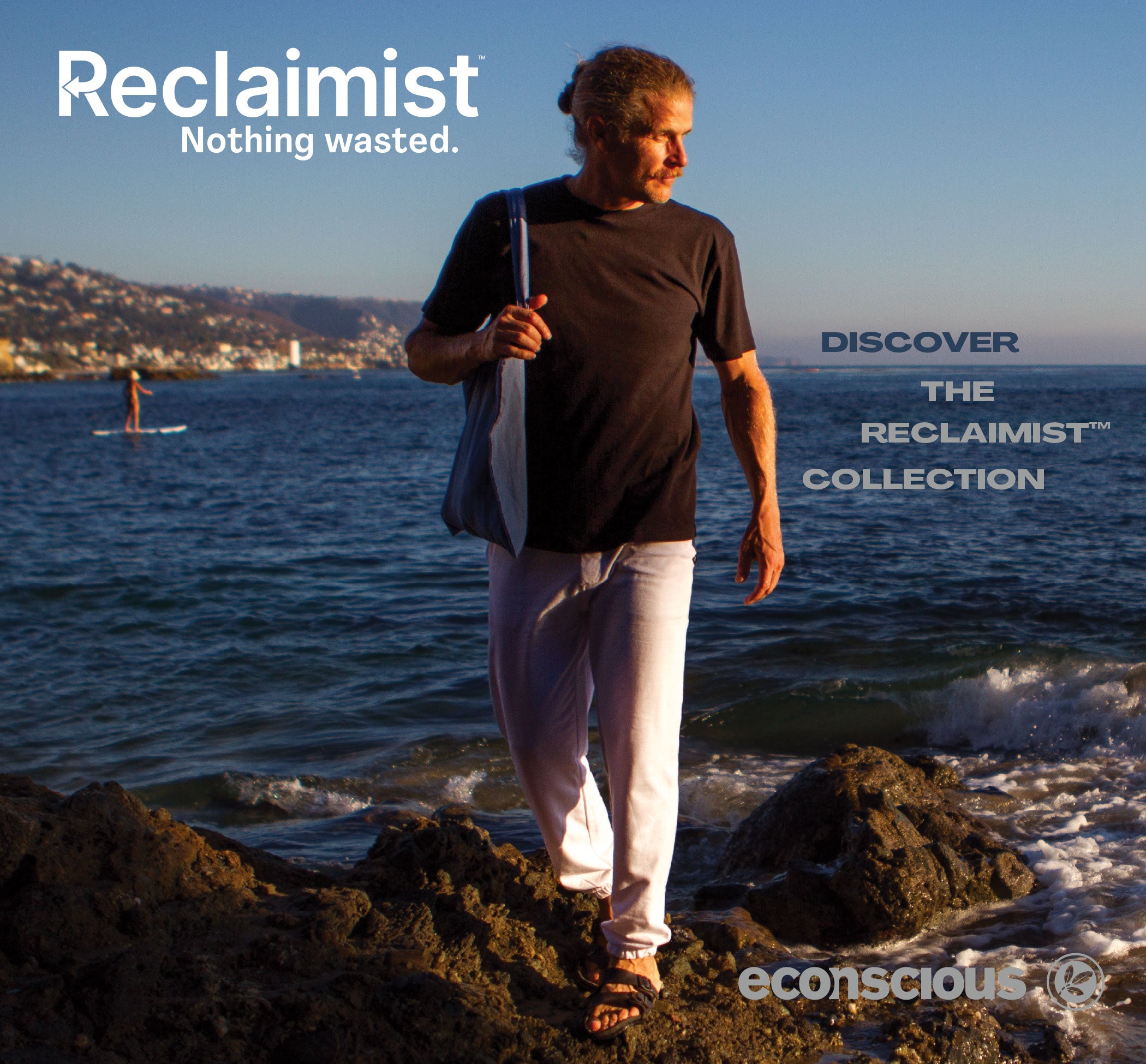Good for the Planet
Hemp is a low maintenance crop which requires few chemical inputs during the growing season. It shows great adaptability to various climatic conditions and requires no pesticides, herbicides, or irrigation water. Once established, hemp is resilient, competing against many weeds; it is not subject to common pests or diseases, and therefore, does not require pesticide application.
Due to its extensive root system, hemp can contribute to reducing soil loss and erosion and is suitable for crop rotation (following potatoes and legumes and preceding both root crops and cereal grains). Because the leaves and outer stalks are left in the field and contain nitrogen, the soil is left healthy after harvest, and food crops can be grown immediately without having to leave the fields fallow.
Hemp can benefit many industries and truly have a large impact on the sustainability of our world. One of those ways is through processing Hemp into textile sources.

Good for People
Hemp's oil-rich seed has an exceptionally high content of vital Essential Fatty Acids (or EFAs, omega-3 and omega-6) that nutritionists have found to be deficient in our diets. A diet rich in EFAs can help alleviate and prevent many common ailments. For similar reasons, hemp oil is increasingly employed in the natural body care industry as well.

Good for Products
Hemp has been used extensively for millennia in cultures around the world. The seed is known for its healthy protein and rich oil, the outer bast fiber from the stalk is used for clothing, canvas and rope and the useful inner core fiber (or hurds) is used for construction and paper production (the Declaration of Independence was drafted on hemp paper). Hemp can help farmers looking to diversify their farm operations and fits well into increasingly popular organic, low input and sustainable methods of agriculture.

Hemp Textiles
According to “Ecological Footprint and Water Analysis of Cotton, Hemp and Polyester” hemp is a good alternative fiber. Hemp textiles produced in a traditional way (dew retting and wet spinning) and organically grown, have lower environmental impact than polyester or cotton.
On average, one acre of Hemp can produce two to three times more fiber than one acre of cotton.
Nearly 10% of all agricultural chemicals and 25% of insecticides come from the cotton industry, which bleeds into our soil, rivers, and streams. Hemp can be grown with much less chemicals, or many times, none at all.
Hemp needs one-third of the water that cotton needs and is three to eight times stronger than cotton (depending on how it is processed).
Hemp fabric breathes well, is moisture absorbent, has high UPF, provides thermal protection and is anti-bacterial.
Hemp fiber has always been valued for its strength, robustness, versatility, and durability. It is one of the strongest natural fibers, and its textile products are long lasting.
The Future of Hemp
Overall, hemp plays a very small part in the textile industry. Between 2000 and 2006, world production of hemp fiber grew from 50,000 tons to almost 90,000 tons, almost half of it produced in China.
Due to legislative debates, the industry has suffered from a lack of technical development in the industry over the past 20 to 30 years. China is perhaps the only producer of hemp for textile applications, and the industry is still mostly traditional and relies primarily on human labor up to the point of spinning the fibers into yarn. In the European Union (France, UK, Germany, and Poland), hemp is mainly cultivated for technical applications such as natural composite or building materials.


